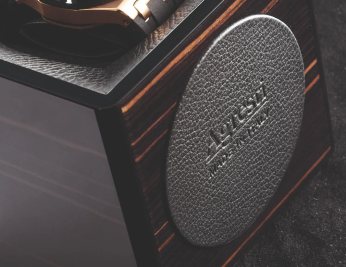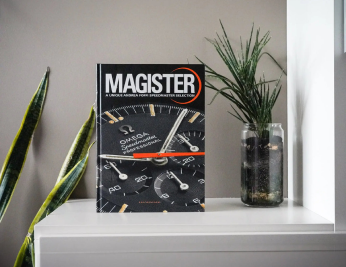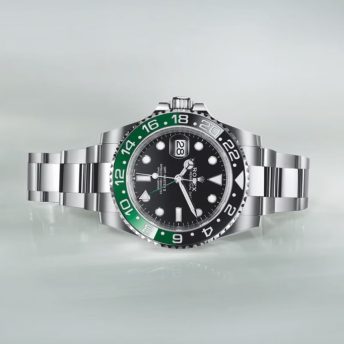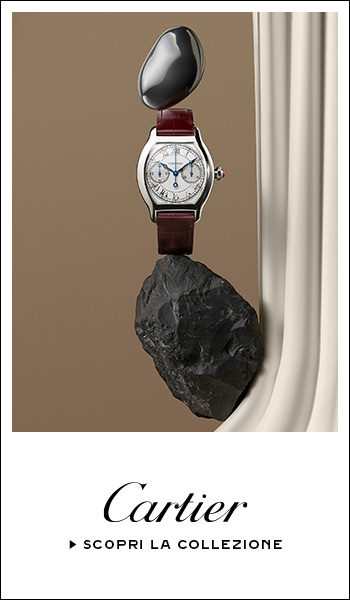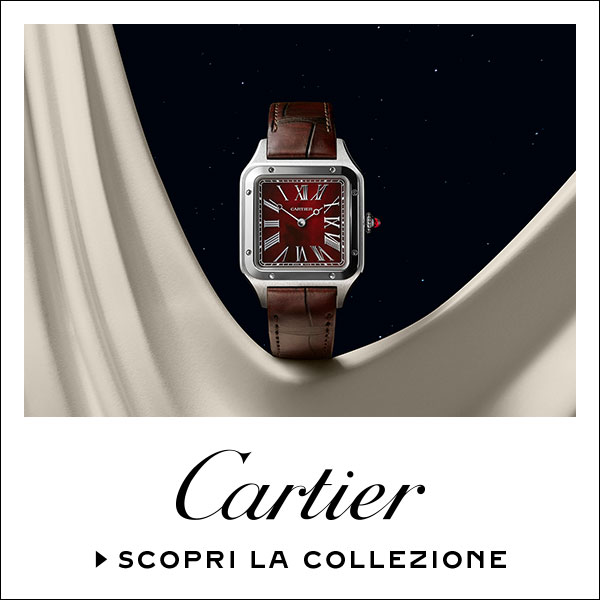To be Swiss Made, or to not be Swiss Made, that is the question: today we explore how H. Moser & Cie are revolutionising the concept of branding.
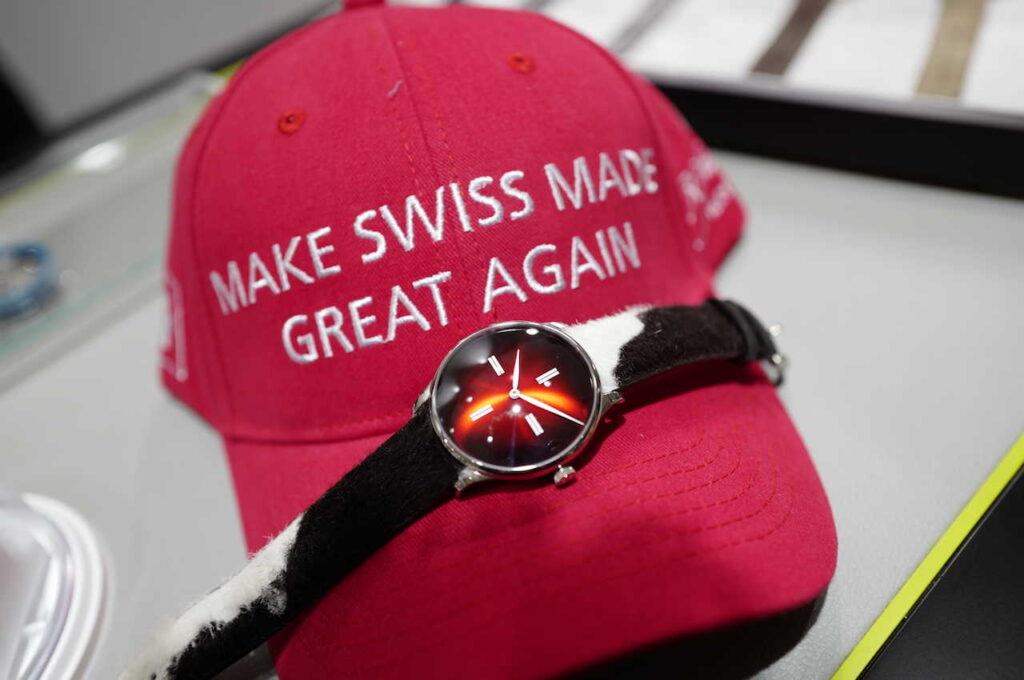
A little bit about Moser
H. Moser & Cie is a small independent Swiss watchmaker, who, year after year prove themselves to be one of the most avant-garde manufacturer both in terms of their technical prowess and fascinating design choices in their pieces.
Often their releases are linked with watch-related trends and act as a form of social commentary. For example, last year’s Swiss Alp Concept Black was H. Moser’s take on the Apple Watch: piece that featured a black dial and a Tourbillion. But that’s it. No hands.
The only way the user can “tell” the time is by chiming off the minute repeater function.
Yet, there is a more subtle but unique detail that we can (or in this case cannot) find on their pieces: on all of H. Moser & Cie’s watches produced from 2017 onwards, the manufacturer has chosen to omit the “Swiss Made” stamp.
This is part of their grand #MakeSwissMadeGreatAgain advertisement campaign, meant to educate the public on the true meaning of this accolade, and to take Swiss watchmaking back to its roots and core values.
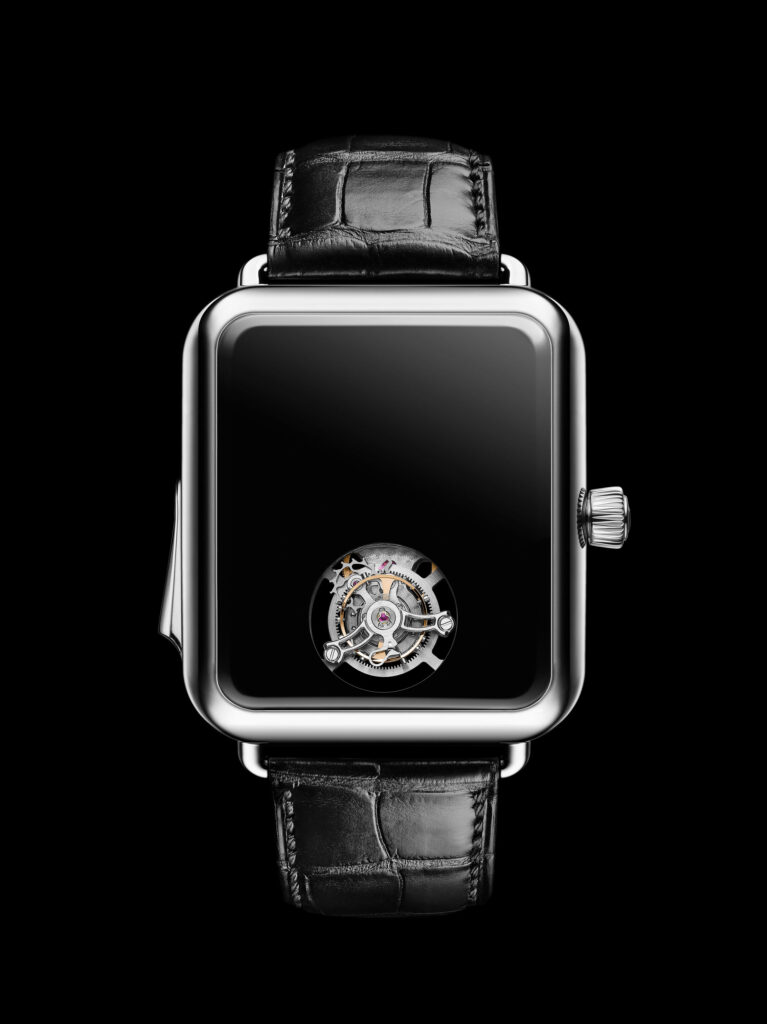
The “Swiss Made” trademark
Through this campaign, the message that H. Moser & Cie is trying to get across is that there is much more behind the term “Swiss Made” than its face value. It embodies a series of dogmas that are tied to the history and culture of the industry.
The aesthetic canons, the savoir-faire of the Master Watchmakers, the technology and its constant innovation are just some of the criterions when it comes to “Swiss Made”.
The First Law
In 1971, some key parameters were established in order for a watchmaker to use the “Swiss Made” branding on their products. According to this law, a watch is truly Swiss if:
- The movement is Swiss;
- The movement encasing operation was undertaken in Switzerland;
- It was Quality Controlled in Switzerland
In order for the movement to be deemed Swiss, it needs to be assembled and inspected in the Alpine country, as well the value of its swiss produced components having to make up at least 50% of the total production cost.
After much criticism and pushback from various communities within the watch world, on the 1st of January 2017, the threshold was raised to 60%.
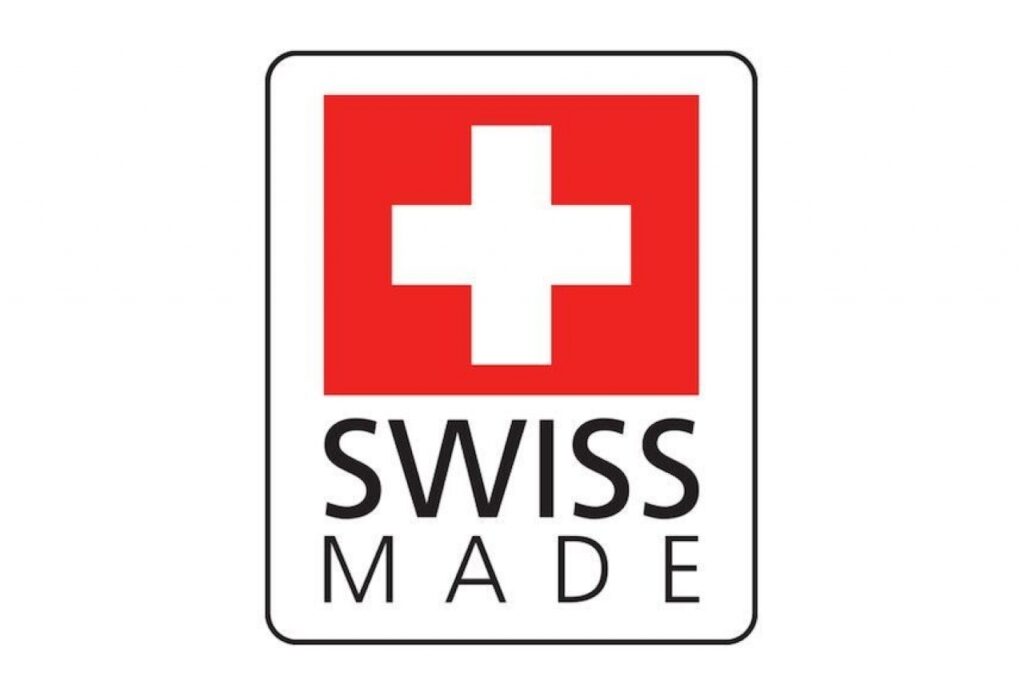
The “grey area” of this law
Even with the bar set to 60%, it is very easy to find loopholes in this law. Watch houses, whether it be for cost-cutting or for strategic reasons, often outsource (to various countries) a large portion of manufacturing the watch, only to then take the final steps – as mentioned above – in Switzerland.
For example, say you want to make a watch. You could do the following, and still stick the “Swiss Made” stamp on your product:
You could have the case, bracelet, bezel and dial made in China, where labour and material costs are significantly cheaper when compared to Swiss fees. The movement could also be in part outsourced, but the gears, balance wheels and springs (far more expensive items) would be manufactured in Switzerland.
Now, it is very easy to have everything delivered to the Swiss headquarters for final assembly and inspection.
Yes, it is possible for 90% of the watch’s components to be made elsewhere and still be called “Swiss”, because the other 10% of the components could account for well over 60% of the cost to actually manufacture the watch. Not so Swiss now, is it?

The way of H. Moser & Cie
H. Moser & Cie decided to take a stand against the bureaucracy of this weak law.
In fact, the watchmaker’s goal is to make as many classic watch enthusiasts as possible to become aware of this issue, in the hopes that it will invoke them to rethink what it means to own a Swiss watch, and get behind this movement (pun intended) to protect the “real” Swiss watch industry.
Moser felt that many watch collectors and enthusiasts were being led astray by the ambiguity of this law, and were tricked into thinking that “Swiss Made” = “made in Switzerland”, when in reality it was not.
Thus, on the very day the law was “strengthened”, Moser decided to definitively eliminate the “Swiss Made” stamp from all their watches.
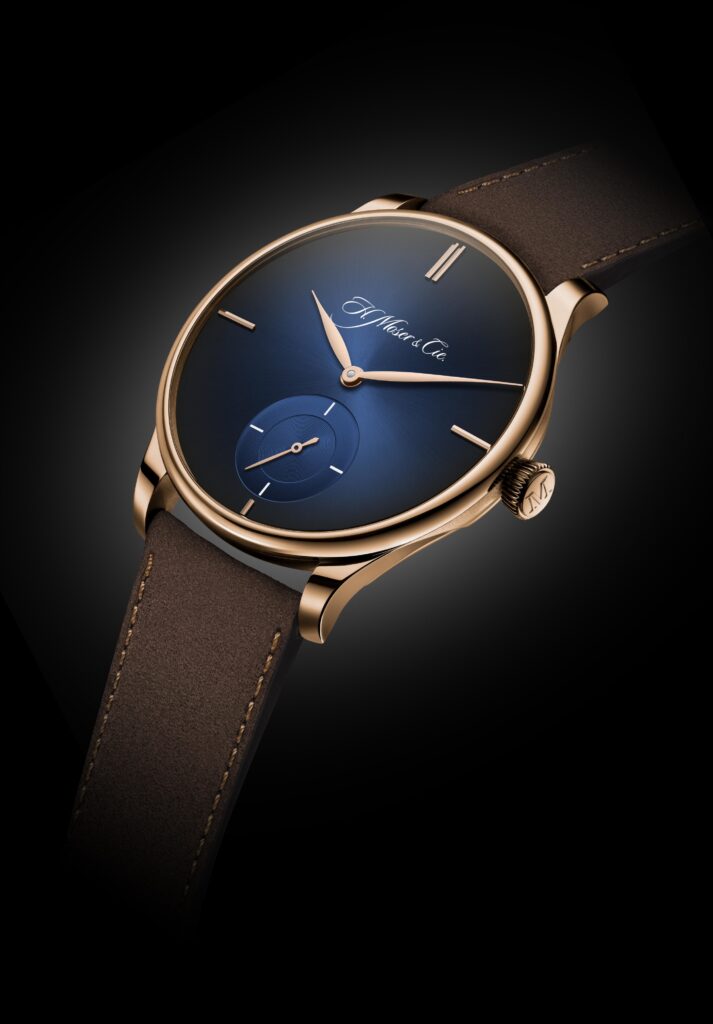
This move is monumentally important for two reasons.
The first is that H. Moser & Cie can do this: technically, they’re “Made in Neuhausen” (yes, that is in Switzerland, we know). From the R&D and prototypes, to the final assembly, inspection and packaging: it all takes place in the Neuhausen factory. A miniscule number of components – namely the straps – come from other European countries.
Second, and most significantly, by physically removing the ambiguous branding from their product, they are both literally and figuratively removing themselves from the bureaucratic industry that has misleadingly tied excellence with cost-cutting loopholes. In doing this, they are establishing themselves as the authentic Swiss watchmaker.
January 2017: the Swiss Mad Watch and #MakeSwissMadeGreatAgain
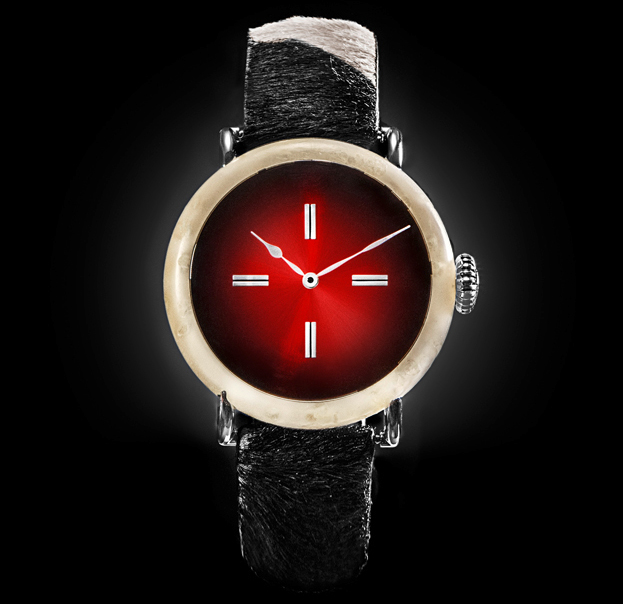
In the 2017 edition of SIHH, with the aim of strengthening their stance against the “Swiss Made” conundrum, Moser launched the Swiss Mad Watch. And they did it in the most Moser way possible.
This entirely Swiss Made watch perfectly encapsulates what it means to innovate whilst remaining true to the Swiss spirit and tradition.
The Swiss Mad watch is one of incredible significance. It calls pretty much all of Switzerland’s resources into play. We can only be talking about one thing: a cow. Wait… what?
Yep, that’s right. The bi-product of the famed Swiss Cow is actually what the watch is made from: Swiss Cheese!
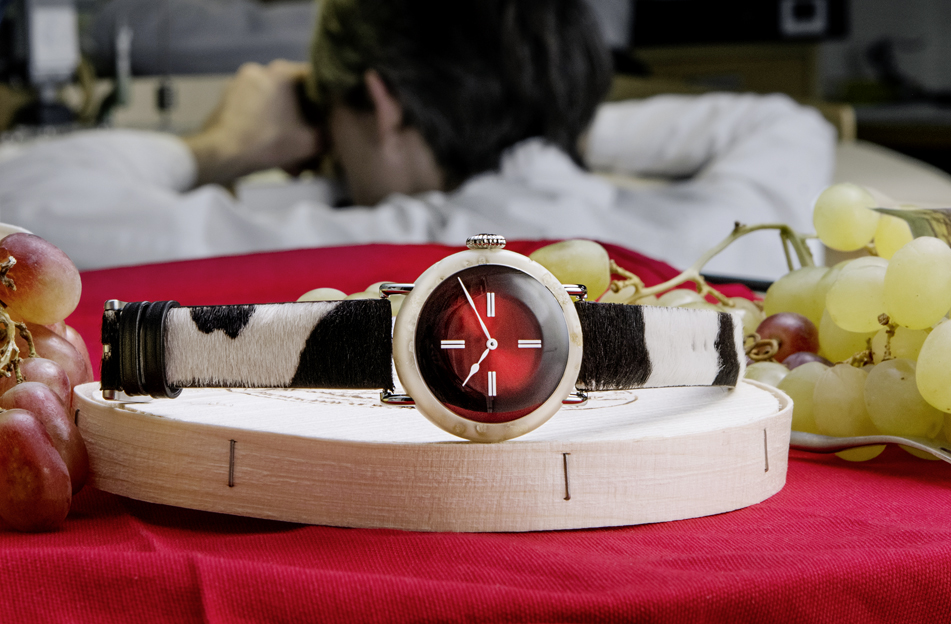
And not just any Swiss Cheese – oh no – the case is made from the world-renowned Vacherin Mont d’Or. It then underwent a series of peculiar treatments in order not to decompose on the wearer’s wrist.
To complete the look, the dial pays homage to the Swiss flag: a deep red face with white indices applied at 12, 3, 6 and 9. They say “the Devil is in the details”, and this certainly holds true to Moser’s masterpiece:
The leather of the strap? You guessed it. Leather from a Swiss Cow.
1,081,291 CHF. The price? Yes, but also the date that Switzerland was founded: 1st of August, 1291.
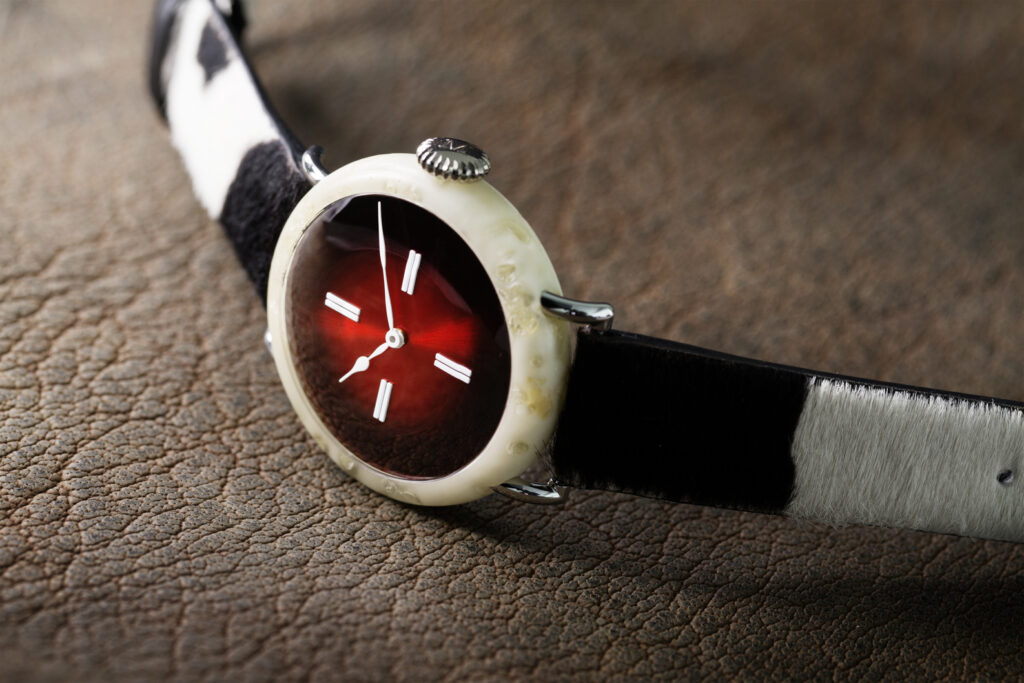
This watch could not be more Swiss. H. Moser & Cie’s Swiss Mad Watch underlines their desire to preserve the patrimony that is true watchmaking.
Good-guy Moser also announced that all the proceeds would go to a fund that supports Swiss suppliers and artisanal watchmakers; a key pillar of the industry. A pillar which, as more and more outsourcing takes place, finds itself in a tricky economic position.
The #MakeSwissMadeGreatAgain campaign aims to make what it means to be Swiss Made, known to the whole world.
Hopefully more and more Swiss manufacturers will follow Moser’s example, perhaps even getting the law changed.
Check your wrist: are you confident that what you’re wearing is 100% Swiss Made?
Translated by Patrick R.

